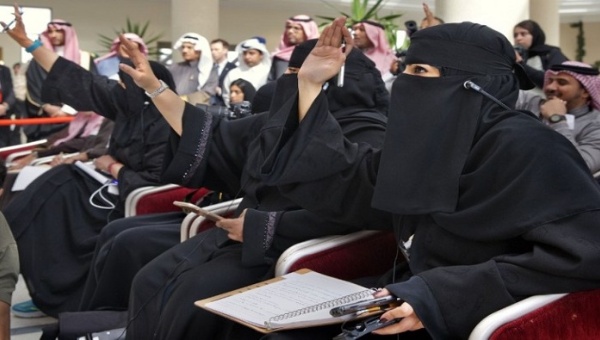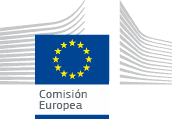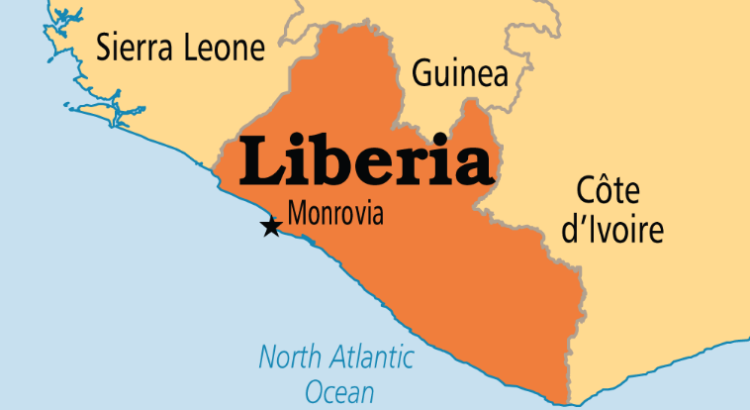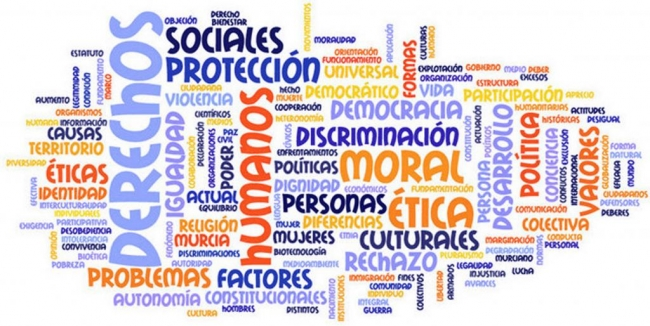videos fueron captados en dos colegios de segunda enseñanza.
Honduras/23 de marzo de 2016/La Tribuna

En menos de una semana, dos videos fueron captados en dos colegios de segunda enseñanza. En el primero se observa cuando dos alumnas se agarran del pelo, se dan sopapos y patadas, mientras sus compañeros, lejos de detener la pelea, las instigan para que sigan lastimándose. El video, por supuesto se hizo viral en las redes sociales. El pleito entre estudiantes no es algo del otro mundo. Lo insólito es que los mismos compañeros de colegio las inciten a que sigan golpeándose. Se observa cuando otros estudiantes encaramados en un muro, lejos de inmutarse, más bien hacen barra, divirtiéndose con la golpiza, gritándoles “pegale, dale duro”. Unos días después varios estudiantes, en otro centro de estudios de secundaria, protagonizaron una batalla campal. Allí se puede observar el molote grabado por varios compañeros con sus teléfonos celulares. En el incidente participaron 12 mujeres estudiantes, mientras sus compañeros vitoreaban cada acción de violencia que realizaban las jovencitas. Estas se dieron de puños, patadas, empellones y tirones de pelo, vestidas con el uniforme del instituto. También aquí se escucha a uno de los jóvenes cuando anima a una de las alumnas a continuar la pelea: “Dale, dale; eso gorda; dale p…”, le dice mientras las graba y se ríe.
No hace mucho se produjo un caso sonado de bullying que acabó en hecho trágico. Estas actitudes nocivas, del acoso de los más pendencieros y fornidos contra sus compañeros más débiles, es un fenómeno que ha cobrado carta de ciudadanía en muchísimas escuelas públicas y privadas del país. La mala conducta alentada por falta de orientación adecuada en el hogar, proyectada bien por abulia, desidia, de los maestros y autoridades en los centros educativos, gravemente afectan la población estudiantil. El abuso se torna mucho más violento cuando muchos estudiantes van a sus clases drogados o ingeridos de bebidas alcohólicas. El comportamiento del acosador dominante peligrosamente colinda con un comportamiento delincuencial. El “bullying” no se circunscribe solo a intimidación entre compañeros estudiantes ya que también sucede con docentes hacia los alumnos. En muchísimas escuelas, con la orientación de maestros y autoridades, se están ventilando por las redes sociales campañas del no “bullying” escolar. Pero esta práctica repugnante también se ha dado en niños y niñas de corta edad, incluso en los grados de primaria. Más indignante aún cuando los padres de los muchachos acosadores son notificados de la repudiable acción de sus hijos, en vez de intervenir para llamarles la atención, orientarlos y evitar que continúe el hostigamiento, se ponen en una actitud de ofendidos a negar la denuncia y a proteger a su vástago.
fuente: http://www.latribuna.hn/2016/03/24/trompadas-patadas-las-escuelas/













 Users Today : 3
Users Today : 3 Total Users : 35460776
Total Users : 35460776 Views Today : 5
Views Today : 5 Total views : 3419982
Total views : 3419982